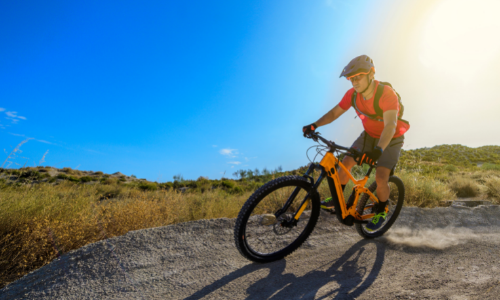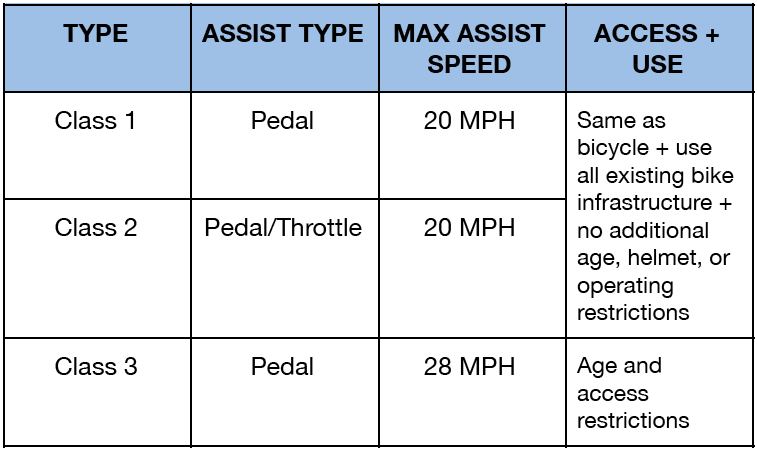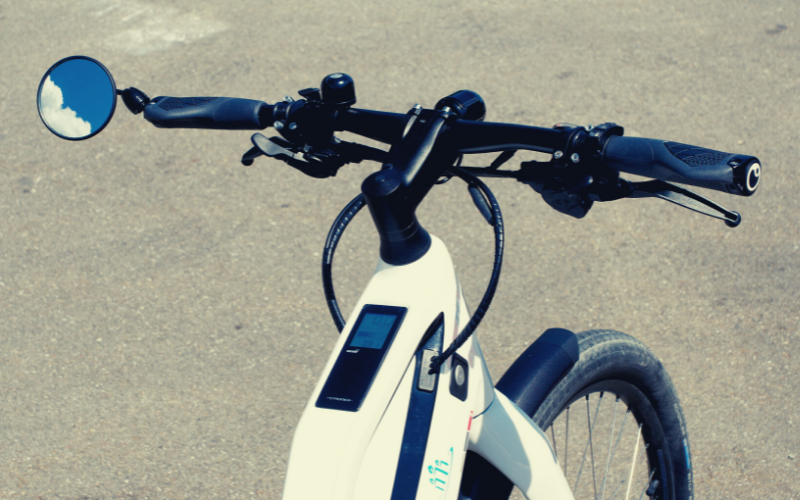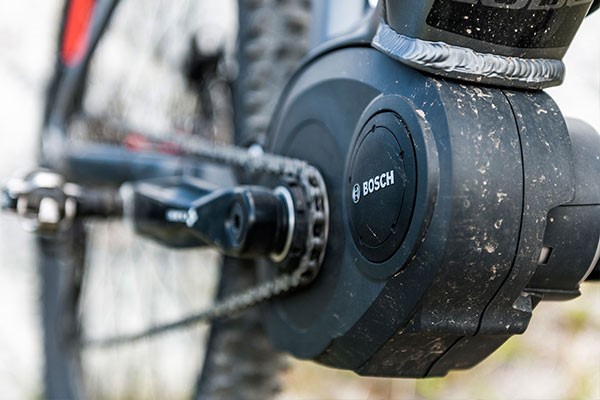One of the wealthiest people in the world took his company to epic heights by meeting the demand of an ever-growing market for electric vehicles. While a brand new Tesla might be out of the price range for most people in the world, e-bikes are posed to make an even more significant impact due to their availability to a large number of people.
While electric cars might receive all the hype, the actual electric transportation revolution quietly changing city streets rolls on two wheels. Electric bikes are everywhere, and they are getting more people out of cars, more often, and onto a bike with an electric boost.
Here’s what you should know or might not know about electric bikes:
9. Electric bikes don’t cost much more than non-electric bikes
Yes, an e-bike is an investment of a four-figure sum, typically. You might find a decent analog bike for half that, or you could easily pay a few thousand for a good quality pedal-powered machine. The key is in the quality of components, and for e-bikes, the reliability of electronics. There are plenty of options.
8. Power When You Pedal
Sometimes, e-bikes are called Pedalectrics: pedal plus electric. Like all bicycles, e-bikes have a crank where your feet rest as you sit on the bike’s saddle. However, an e-bike helps you turn the crank (or it turns the wheel directly) when it’s powered up to one of its Pedal Assist Settings. Most e-bikes have five or more PAS to choose from to get you to progressively higher top speeds.
Due to differences in laws, e-bikes in Europe are strictly Pedalectrics. In the US, however, many models are available with a throttle to add a kick of power boost independent of pedaling in the US. There are laws and regulations about throttle-boosted e-bikes. Check the rules in your area.
7. Choose From a Wide Variety of Styles
E-bikes are not all the same in style, design, or purpose.
If you need to carry groceries or kids (or deliver for your business, maybe) Bunch Bikes makes cargo bikes that are built to carry almost as much stuff as you can fit in a compact car’s trunk. Rad City Bikes are made for practical comfort for cruising around town or daily commuting.
There are trail-hungry e-MTB models with full suspension and knobby tires, hybrid trail bikes for on-road or gravel trail riding, small-tire folding commuter models, folding and non-folding full-size fat tire models, and plenty of retro-fun styles that mimic motorcycles and scooters, from mini-bikes like a Super73 or a Zooz Urban Ultralight to off-road dirt-bikes, like a Segway Dirt e-Bike X160.
6. They weigh a ton
E-bikes are heavy. Extra weight comes from the battery and motor plus more robust (and heavier) components to handle the extra strain of motor power. As a result, a lot of models weigh fifty pounds or more. Even a compact folding model like the Aventon Sinch totals 68 pounds.
5. Mileage Per Charge Will Vary
The typical estimated riding range is about 30 to 50 miles on a full charge; your results will vary. Factors include things like rider weight (plus any cargo), the power assist level (and throttle use, if you’ve got one), the terrain, and even your tire pressure. All these elements factor into how far you go on a charge. The distance you can get is usually more than enough for trips around town or most other uses.
4. It Takes Some Time to Charge
An e-bike relies on a rechargeable power source to get its motor going. Many take 5-6 hours to recharge fully, some half that time. One simple option is to get a backup battery, and you’re always ready to roll, even on epic rides.
3. More Fun Than You Expect
Bike riding can be a pure, simple joy. Unlike joy-riding a car or motorcycle, though, you need to earn a bit of that pleasure on a bike by propelling yourself as you go. And if big hills are part of the picture (they always are), then the effortless joy of gliding is like a trip to the gym — it’s a good kind of effort, but it’s an effort. An e-bike gives the pleasure of cycling, but without the harsh grinds up long hills on your own power.
2. You Get a Decent Workout

You still pedal when you’re riding an e-bike. How much and how hard varies quite a bit from bike to bike and rider to rider. You can easily see an increase in your heart rate of two to three times your resting pulse while riding an e-bike, and a half-hour or more of that counts as exercise.
1. Top Speed Is a Matter of Class
In the US, e-bikes are organized into three main classes:
Class I: pedal-assist only up to 20 mph;
Class II: throttle-powered up to 20 mph (limited in some areas and on certain bike trails in the US, but widely available on the market);
Class III: pedal-assist only (non-throttle) up to 28 mph.

Summary
Will you be using your e-bike to replace your car for daily trips to and from work and short errands around town, or will it be used primarily for fun and recreation?
With some research and reflection on what you want most out of an e-bike, you can find the ride that gets you where you’re going in style, with more fun (and less cost) per mile than a ride in a car.





